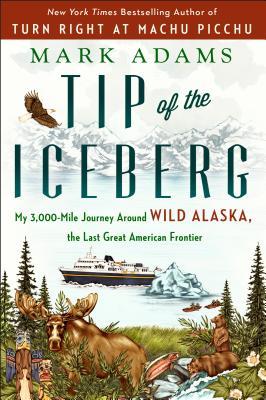What do you think?
Rate this book


352 pages, Paperback
First published May 1, 2018
“I had heard that Wrangell was, to put it bluntly, kind of a dump.” (pg. 57)
“mile after mile of hilly green shoreline” (pg. 30)
“the deep green mountains that stood behind” (pg. 46)
“the whiteness of the snow on the peaks, the blue of the water, the green of the spruce trees” (pg. 104)
“Its upper two-thirds are covered by ice, and its lower third is a green valley” (pg. 136)
“rocky faces decorated with patches of green” (pg. 147)
“the lower hillsides beneath the peaks were a velvety green. The water was blue and clear” (pg. 148)
“glaciers, cascades, green mountainsides, snowy peaks, and the deep blue waters of Passage Canal.” (pg. 204)
“the sky cleared, revealing the high green sides of the scooped-out valley” (pg. 221)
“the treeless green hills” (pg. 262)